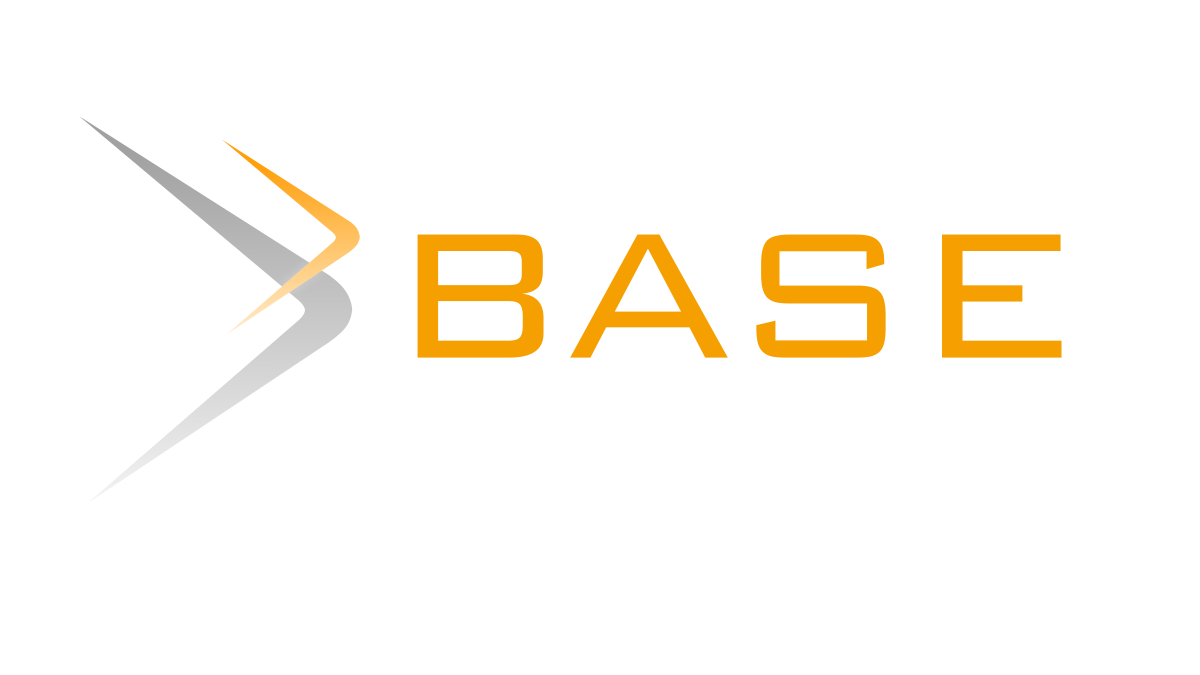Virtual Reality Tourism: Linkage Tourist Intention, Satisfaction, and Quality
Moderating Role of Gender and Visiting Experience
DOI:
https://doi.org/10.35313/jmi.v3i1.58Keywords:
Virtual Reality Tourism, Behavioural Intention, Satisfaction, VR Tourism QualityAbstract
The phenomenon of Covid-19 as the pandemic era changes many factors in our social life, especially in tourist intention, satisfaction, and quality. It is important to be discussed because that phenomenon affects the development of visitor behavioral intention. Based on those backgrounds, this study aims to determine visitor behavioral intention in virtual reality (VR), including the experience with both content and system quality of satisfaction as the determinant factors. The data was obtained from 350 visitors visiting tourist destinations in the greater Bandung region, Indonesia via VR. A self-administered questionnaire was employed using an online survey. The analysis was carried out by using Partial Least Square (PLS) modeling. Results of the analysis show that the experience with content quality has an important role in shaping the behavioral intention of visiting a tourism destination via VR. Next, there is no significant difference in the moderating role of gender and VR experience on the relationships between variables in the behavioral intention model. This study broadens our understanding of the use of the information success model to assess visitor intention in VR tourism and assists practitioners in developing strategies to build and maintain visitor intention to visit and recommend VR tourism.
References
Aldholay, A. H., Isaac, O., Abdullah, Z., & Ramayah, T. (2018). The role of transformational leadership as a mediating variable in DeLone and McLean information system success model: The context of online learning usage in Yemen. Telematics Informatics, 35(5), 1421-1437.
An, S., Choi, Y., & Lee, C.-K. (2020). Virtual travel experience and destination marketing: Effects of sense and information quality on flow and visit intention. Destination Marketing Management, 19, 100492.
Beck, J., Rainoldi, M., & Egger, R. (2019). Virtual reality in tourism: A state-of-the-art review. Tourism Review.
Chen, C.-C., & Tsai, J.-L. (2019). Determinants of behavioral intention to use the Personalized Location-based Mobile Tourism Application: An empirical study by integrating TAM with ISSM. Future Generation Computer Systems, 96, 628-638.
Chin, W. W., Peterson, R. A., & Brown, S. P. (2008). Structural equation modeling in marketing: Some practical reminders. Journal of Marketing Theory Practice, 16(4), 287-298.
Chung, N., Lee, H., Kim, J.-Y., & Koo, C. (2018). The role of augmented reality for experience-influenced environments: The case of cultural heritage tourism in Korea. Journal of Travel Research, 57(5), 627-643.
DeLone, W. H., & McLean, E. R. (2004). Information systems success revisited. Paper presented at the Proceedings of the 35th Annual Hawaii International Conference on System Sciences.
Fornell, G., & Lacker, R. (1981). Introduction to linear regression analysis. In: John Wiley and sons, New York.
GlobalWebIndex. (2020). Perjalanan Domestik, Liburan Paling Diminati Setelah Pandemi. Retrieved from https://databoks.katadata.co.id/datapublish/2020/07/07/perjalanan-domestik-liburan-paling-diminati-setelah-pandemi
Guttentag, D. A. (2010). Virtual reality: Applications and implications for tourism. Tourism management, 31(5), 637-651.
Hair Jr, J. F., Hult, G. T. M., Ringle, C., & Sarstedt, M. (2016). A primer on partial least squares structural equation modeling (PLS-SEM): Sage publications.
Huang, Y. C., Backman, K. F., Backman, S. J., & Chang, L. L. (2016). Exploring the implications of virtual reality technology in tourism marketing: An integrated research framework. International Journal of Tourism Research, 18(2), 116-128.
Javaid, M., Haleem, A., Vaishya, R., Bahl, S., Suman, R., & Vaish, A. (2020). Industry 4.0 technologies and their applications in fighting COVID-19 pandemic. Diabetes Metabolic Syndrome: Clinical Research Reviews.
Jung, Chung, N., & Leue, M. C. (2015). The determinants of recommendations to use augmented reality technologies: The case of a Korean theme park. Tourism management, 49, 75-86.
Jung, Lee, H., Chung, N., & tom Dieck, M. C. (2018). Cross-cultural differences in adopting mobile augmented reality at cultural heritage tourism sites. International Journal of Contemporary Hospitality Management.
Kim, Lee, C.-K., & Jung, T. (2020). Exploring consumer behavior in virtual reality tourism using an extended stimulus-organism-response model. Journal of Travel Research, 59(1), 69-89.
Kim, & Malhotra, N. K. (2005). A longitudinal model of continued IS use: An integrative view of four mechanisms underlying postadoption phenomena. Management science, 51(5), 741-755.
Kim, M. J., & Hall, C. M. (2019). A hedonic motivation model in virtual reality tourism: Comparing visitors and non-visitors. International Journal of Information Management, 46, 236-249.
Kim, M. J., Lee, C.-K., & Preis, M. W. (2020). The impact of innovation and gratification on authentic experience, subjective well-being, and behavioral intention in tourism virtual reality: The moderating role of technology readiness. Telematics Informatics, 49, 101349.
Kowalczuk, P., Siepmann, C., & Adler, J. (2021). Cognitive, affective, and behavioral consumer responses to augmented reality in e-commerce: A comparative study. Journal of Business Research, 124, 357-373.
Kwok, A. O., & Koh, S. G. (2020). COVID-19 and extended reality (XR). Current Issues in Tourism, 1-6.
Lee, Lee, M., & Jeong, M. (2021). The role of virtual reality on information sharing and seeking behaviors. Journal of Hospitality Tourism Management, 46, 215-223.
Lee, Lee, S. A., Jeong, M., & Oh, H. (2020). Quality of virtual reality and its impacts on behavioral intention. International Journal of Hospitality Management, 90, 102595.
LPEM-FEUI. (2020). Akomodasi dan Pariwisata Sektor Paling Terdampak Covid-19. Retrieved from https://databoks.katadata.co.id/datapublish/2020/09/21/akomodasi-dan-pariwisata-sektor-paling-terdampak-covid-19#
Mardiana, S., Tjakraatmadja, J. H., & Aprianingsih, A. (2015). Validating the Conceptual Model for Predicting Intention to Use as Part of Information System Success Model: The Case of an Indonesian Government Agency. Procedia Computer Science, 72, 353-360.
Nunan, D., Birks, D. F., & Malhotra, N. K. (2017). Marketing Research: Pearson Higher Ed.
Rizal, H., Yussof, S., Amin, H., & Chen-Jung, K. (2018). EWOM towards homestays lodging: extending the information system success model. Journal of Hospitality Tourism Technology.
Sanchez-Cabrero, R., Costa-Roman, O., Pericacho-Gomez, F. J., Novillo-Lopez, M. A., Arigita-García, A., & Barrientos-Fernandez, A. (2019). Early virtual reality adopters in Spain: sociodemographic profile and interest in the use of virtual reality as a learning tool. Heliyon, 5(3), e01338.
Subawa, N. S., Widhiasthini, N. W., Astawa, I. P., Dwiatmadja, C., & Permatasari, N. P. I. (2021). The practices of virtual reality marketing in the tourism sector, a case study of Bali, Indonesia. Current Issues in Tourism, 1-12.
Suhartanto, D., Brien, A., Primiana, I., Wibisono, N., & Triyuni, N. N. (2020). Tourist loyalty in creative tourism: the role of experience quality, value, satisfaction, and motivation. Current Issues in Tourism, 23(7), 867-879.
Tenenhaus, M., Vinzi, V. E., Chatelin, Y.-M., & Lauro, C. (2005). PLS path modeling. Computational statistics data analysis, 48(1), 159-205.
tom Dieck, D., tom Dieck, M. C., Jung, T., & Moorhouse, N. (2018). Tourists’ virtual reality adoption: an exploratory study from Lake District National Park. Leisure Studies, 37(4), 371-383.
Tussyadiah, I. P., Wang, D., Jung, T. H., & Tom Dieck, M. C. (2018). Virtual reality, presence, and attitude change: Empirical evidence from tourism. Tourism management, 66, 140-154.
UNWTO. (2020). THE FUTURE IS NOW! UNWTO RECOGNIZES WORLD’S BEST INNOVATORS FACING UP TO COVID-19 [Press release]. Retrieved from https://www.unwto.org/news/the-future-is-now-unwto-recognizes-world%E2%80%99s-best-innovators-facing-up-to-covid-19
Vishwakarma, P., Mukherjee, S., & Datta, B. (2020a). Antecedents of adoption of virtual reality in experiencing destination: A study on the Indian consumers. Tourism Recreation Research, 45(1), 42-56.
Vishwakarma, P., Mukherjee, S., & Datta, B. (2020b). Travelers’ intention to adopt virtual reality: A consumer value perspective. Journal of Destination Marketing Management, 17, 100456.
Wei, W., Qi, R., & Zhang, L. (2019). Effects of virtual reality on theme park visitors' experience and behaviors: A presence perspective. Tourism management, 71, 282-293.
WTTC. (2021). Kontribusi Pariwisata terhadap PDB Dunia Anjlok 3,7% pada 2020. Retrieved from https://databoks.katadata.co.id/datapublish/2021/04/23/kontribusi-pariwisata-terhadap-pdb-dunia-anjlok-37-pada-2020
Wu, H.-C., Ai, C.-H., & Cheng, C.-C. (2019). Virtual reality experiences, attachment and experiential outcomes in tourism. Tourism Review.
Yung, R., Khoo-Lattimore, C., Prayag, G., & Surovaya, E. (2021). Around the world in less than a day: virtual reality, destination image and perceived destination choice risk in family tourism. Tourism Recreation Research, 46(1), 3-18.
Zhang, T., Wang, W. Y. C., Cao, L., & Wang, Y. (2019). The role of virtual try-on technology in online purchase decision from consumers’ aspect. Internet Research.
Downloads
Published
How to Cite
Issue
Section
License
Copyright (c) 2023 Aditia Sobarna

This work is licensed under a Creative Commons Attribution-ShareAlike 4.0 International License.


















